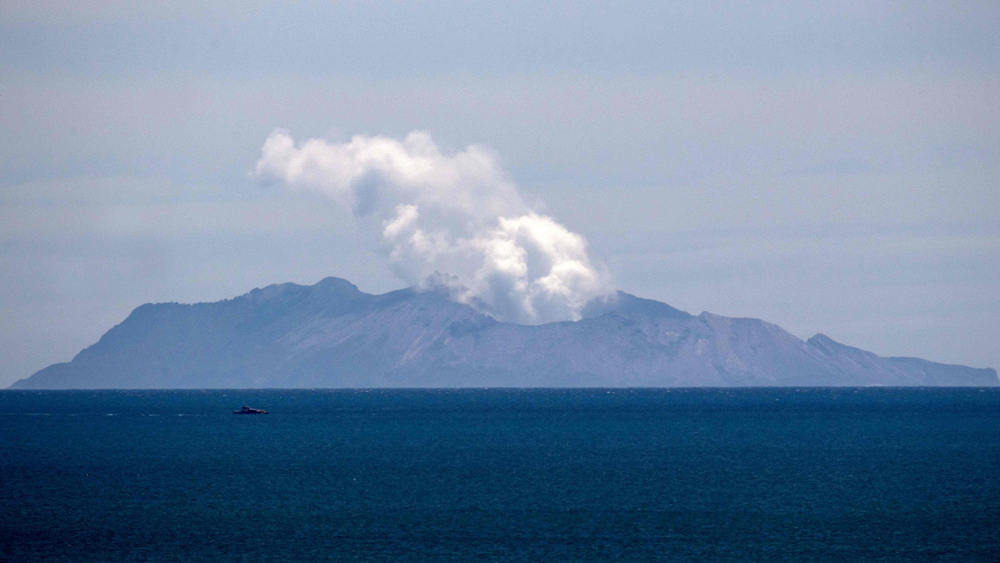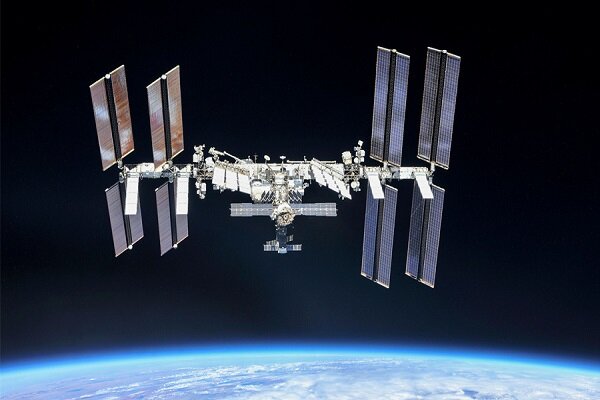Zimbabwean witchdoctor's daughter cannot stay in New Zealand, tribunal rules
/cloudfront-ap-southeast-2.images.arcpublishing.com/nzme/6ZAPK2TGSIWGTVJZ3G6QOTDLQQ.jpg)
A historical image of a witchdoctor in Bulawayo in the then Rhodesia (now Zimbabwe). Photo / Getty Images
nov 29/2020
The daughter of a Zimbabwean witchdoctor has been declined refugee status in New Zealand despite her fears that she'll be forced to take his place in the tribe if she returns home.
The woman said if she returned to Zimbabwe her late father's tribe could use sorcery against her to force her to become the next witchdoctor.
She would then have to undergo female genital mutilation and be made to carry it out on other young girls in the tribe as part of her duties.
But the New Zealand Immigration and Protection Tribunal has rejected her bid to stay in Aotearoa, saying there was no evidence witchcraft could be used against her if she went back to her home village.
The details were laid out in a recently-released tribunal decision.
The witchdoctor's child
The woman's mother fell pregnant at 17 to the witchdoctor of another tribe - members of the VaRemba culture - who lived about 250km away.
When her parents found out about the pregnancy, they took her to the man's tribe and demanded he take care of her, as custom dictated.
But the mother was unhappy there, as he and his family were abusive to her and she was made to do chores for the man's witchcraft practice - including slaughtering animals and accompanying young children to circumcision ceremonies.
She saw young girls with serious post-circumcision infections and other young girls being forced into marriage at a young age, the tribunal decision said.
She eventually fled back to her home village and remained there, giving birth to her child in 1992.
In February 2016, the mother heard the witchdoctor had died, and decided she and her daughter should attend the funeral.
"Villagers who were gathered for the funerary events were surprised and confused to see them, until one woman recognised [the mother] and introduced them to everyone.
"The gathering seemed happy to see them and there was ululating and singing."
The pair spent the night at the village, and were told the next morning that the spirit of the woman's father was now "upon her". They did not think much of the comments and departed a short time later.
That same month, the daughter, then in her 20s, married a trader she had met in the capital city of Harare. By May, the pair and their son had travelled to New Zealand on false South African passports, and sought refugee or protected person status.
The woman gave birth to another son in August that year, while detained in community accommodation.
Their initial appeals for refugee status pointed to political troubles for the husband, and were dismissed as not credible.
Her husband's application has now been severed from the rest of the family's and focuses on other factors such as debt he owes back in Zimbabwe.
Tribe: She must be the next witchdoctor
The trouble began in 2017 when members of the tribe approached the woman's mother at her home and told her that as the witchdoctor's eldest child, the woman must return home and take his place.
They said many people had died since his death, and that a spirit had possessed one of their members and announced the woman must be the village's next witchdoctor.
The mother gave evidence to the tribunal by video link and telephone, saying the tribe members had visited her multiple times demanding her daughter return to the village, and at one point had become aggressive and broken her fence.
She had not reported the incident to police because she knew police would not involve themselves in matters related to witchcraft.
The daughter fears returning home as she believes the tribe will forcibly bring her back to the village and use sorcery to make her become the next witch doctor.
"She would be forced to abandon her Christian faith, would suffer [female genital mutilation] and would have to practise it on other women and girls. She would have to take a vow of celibacy and undergo humiliating and invasive ceremonial rituals. Her children would be forced to be circumcised," the decision said.
She has applied for refugee or protected person status for herself and her two sons on these grounds.
The decision
The tribunal found there was "simply no scientific principle underlying any claim of the efficacy or power of sorcery".
"Absent any testable, verifiable and falsifiable, and independent evidence of witchcraft powers which would otherwise seem to defy the laws of physics and/or chemistry, the tribunal is satisfied that claims of harm arising from acts of witchcraft do not suffice for the purposes of establishing the well-foundedness element of the refugee inquiry."
It had not been established that the tribe would be able to use sorcery to force the woman to take up the mantle of witchdoctor, the decision said.
"She may be subjectively fearful that they can do so but the objective reality is that they cannot."
There was also no evidence of any real risk she would suffer serious harm or that she would be physically forced into the role, the decision said.
The appeals for refugee and protected person status were dismissed./cloudfront-ap-southeast-2.images.arcpublishing.com/nzme/7H665TXIGXN2HIHZ4HIWI4GQW4.jpg)


/cloudfront-ap-southeast-2.images.arcpublishing.com/nzme/C4O4BVUEQBUJECMMLLJ267J76E.jpg)
/cloudfront-ap-southeast-2.images.arcpublishing.com/nzme/TILXJMT2KRI744MBD6MOVJILNE.jpg)
/cloudfront-ap-southeast-2.images.arcpublishing.com/nzme/XUP47R64TVIIHYBBBKSOCVHXJE.jpg)
/cloudfront-ap-southeast-2.images.arcpublishing.com/nzme/6QX6NSDWC7VGT3FGDA54IUHURQ.jpg)
/cloudfront-ap-southeast-2.images.arcpublishing.com/nzme/YHQJLISMG6P6UX77TTT7BN2EZY.jpg)
/cloudfront-ap-southeast-2.images.arcpublishing.com/nzme/6ZAPK2TGSIWGTVJZ3G6QOTDLQQ.jpg)
/cloudfront-ap-southeast-2.images.arcpublishing.com/nzme/7H665TXIGXN2HIHZ4HIWI4GQW4.jpg)




